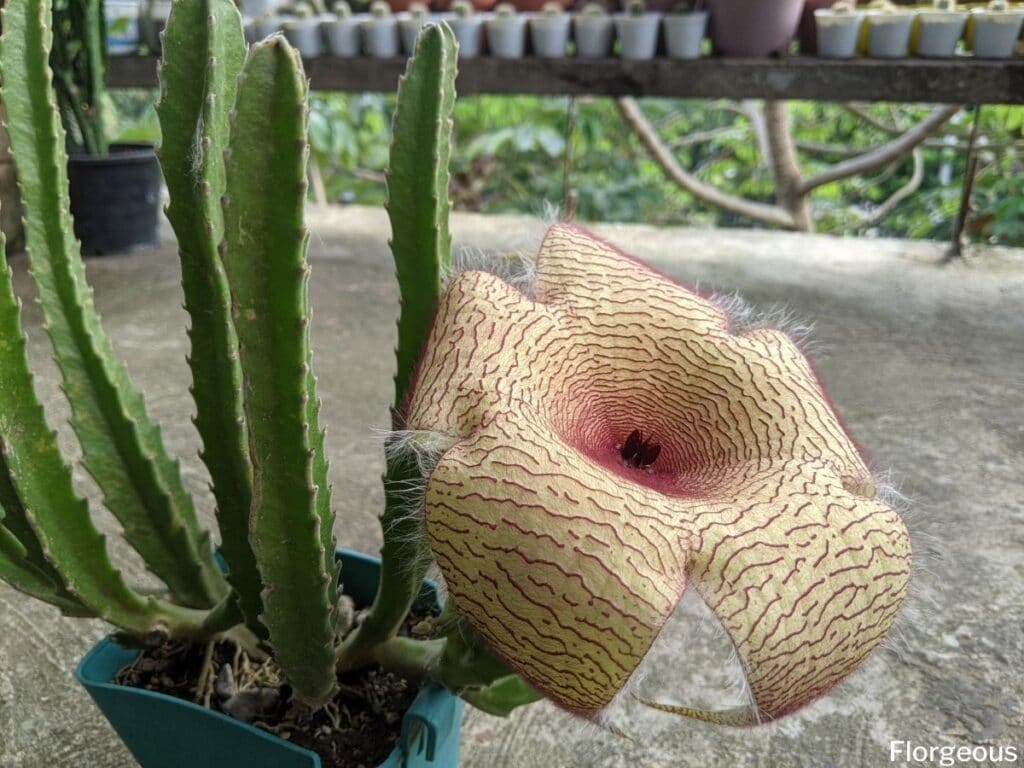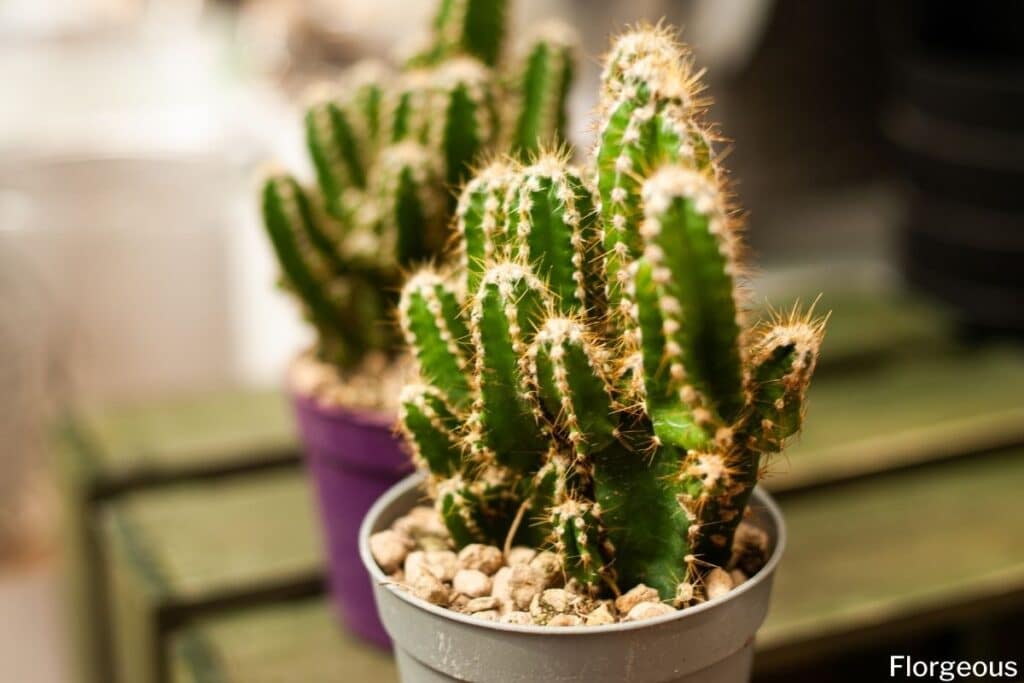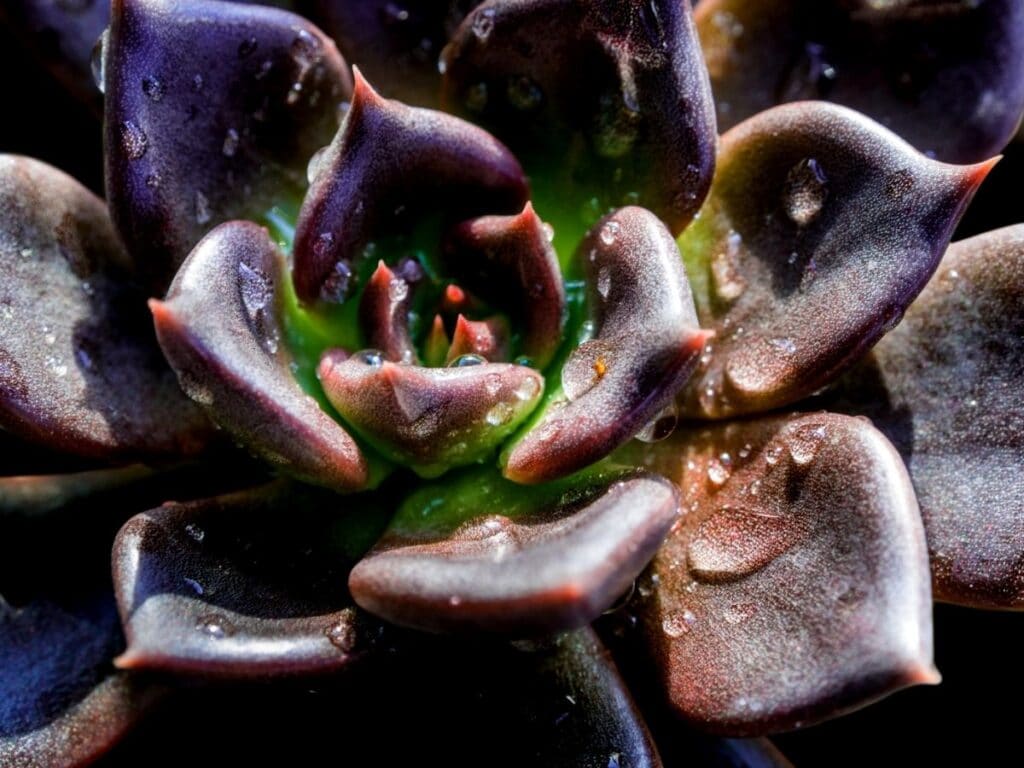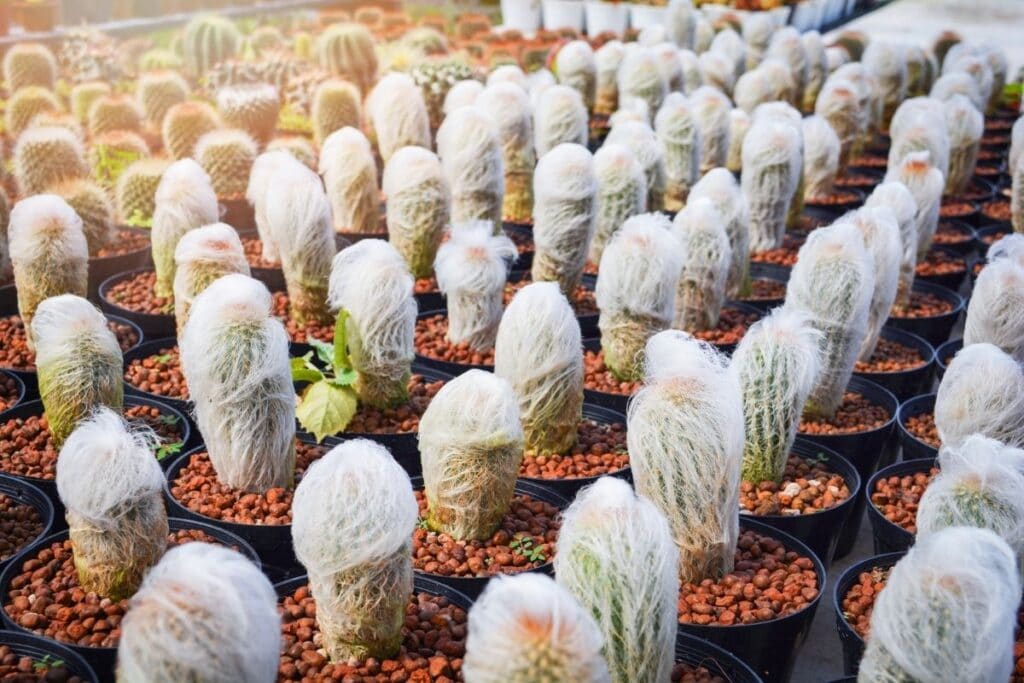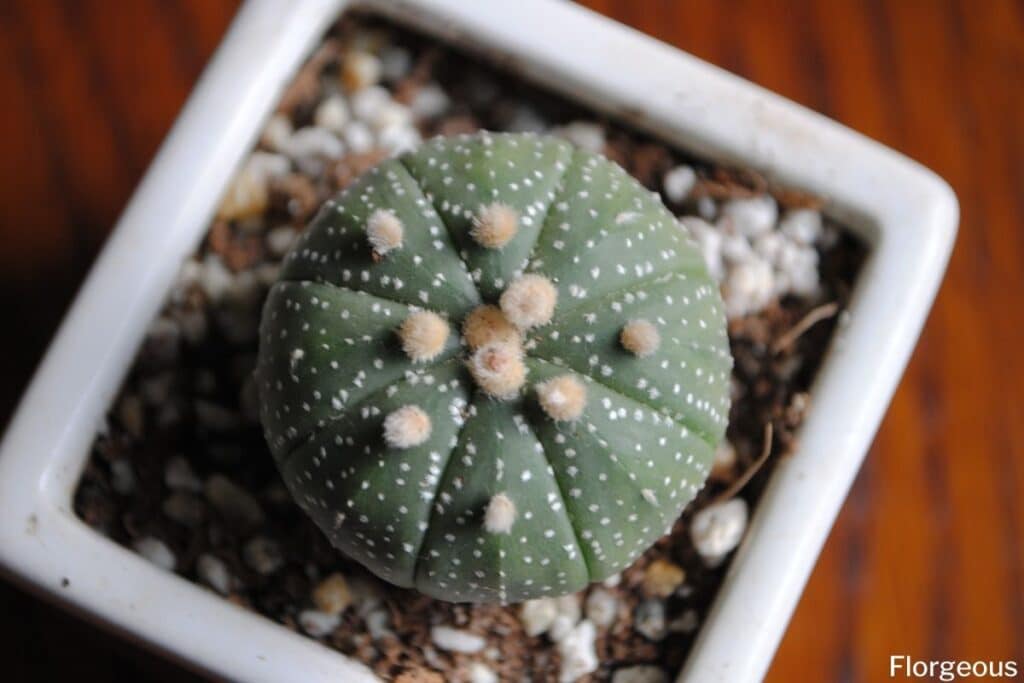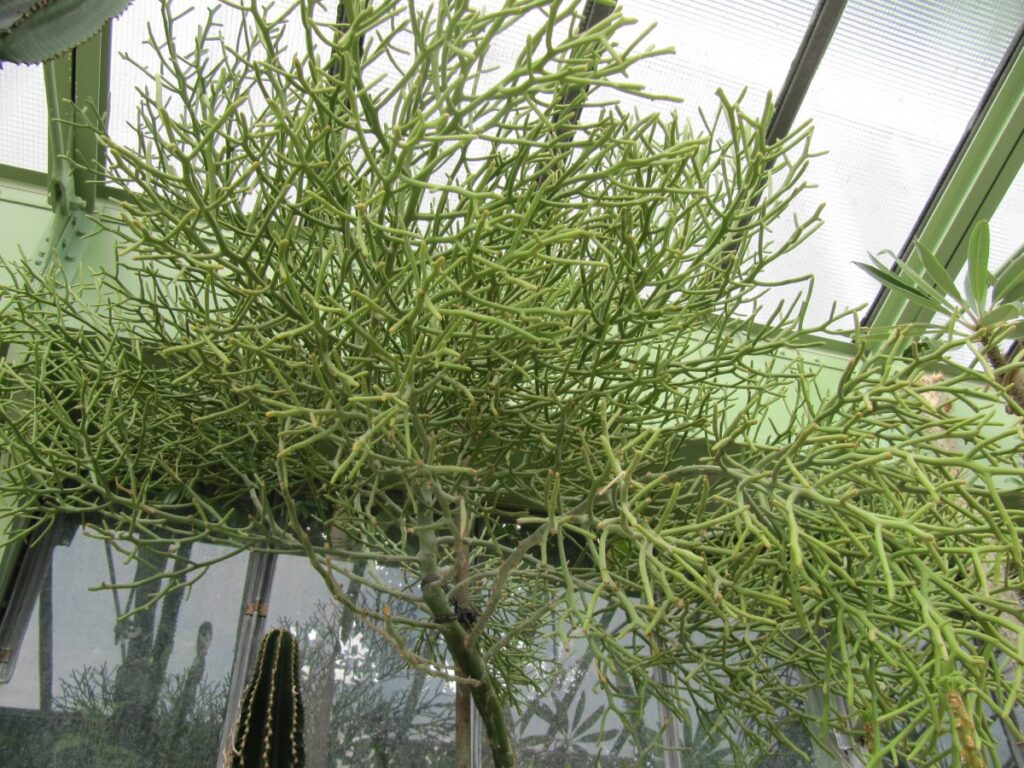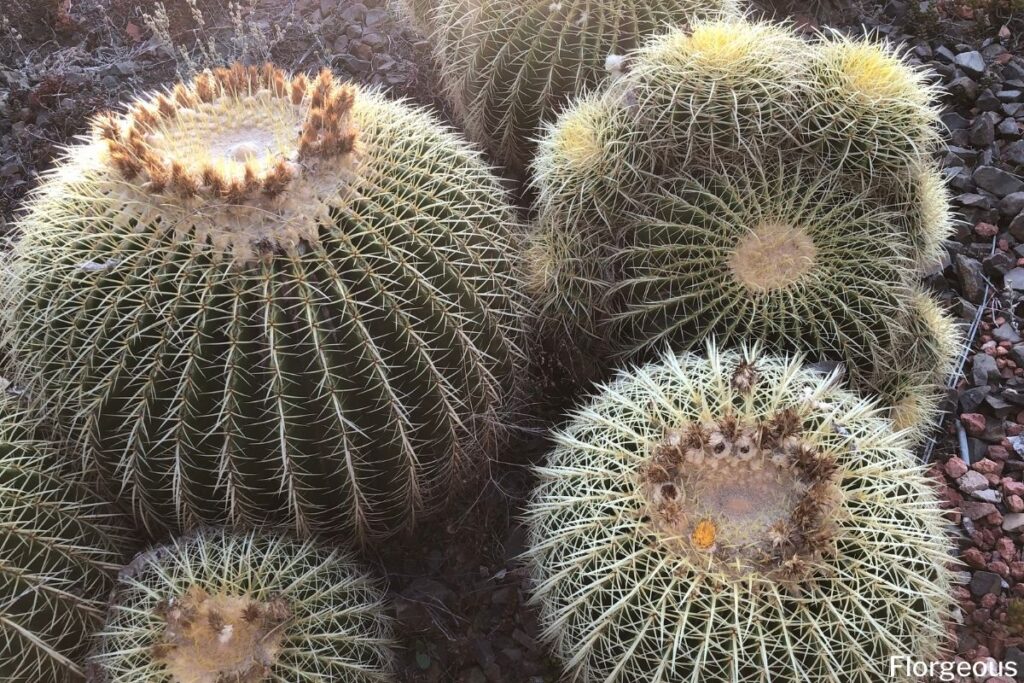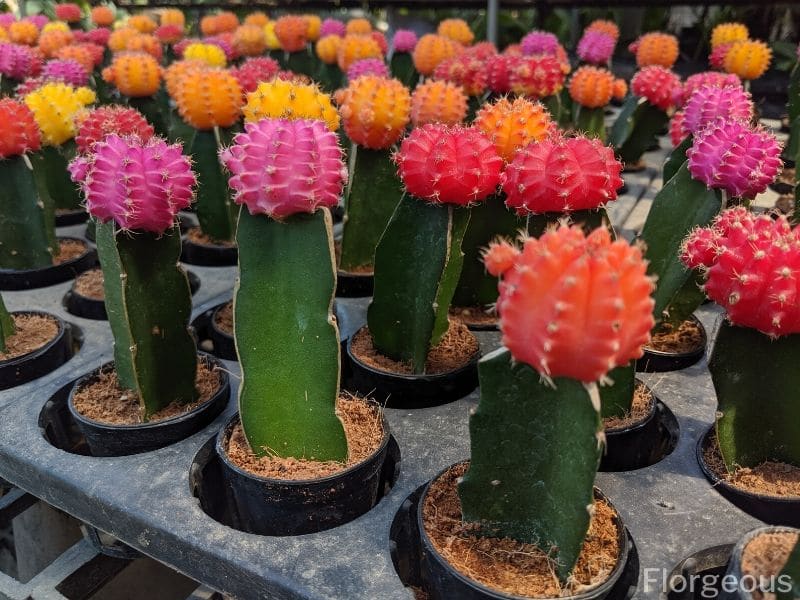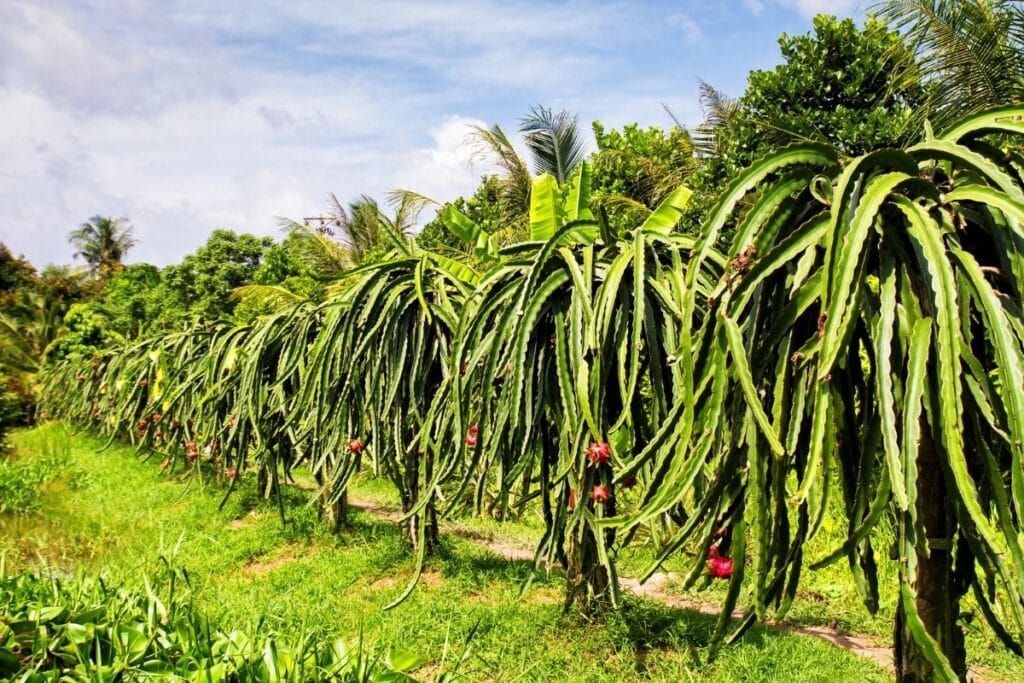How to Grow and Care for Stapelia (Carrion Flower)
With their foul, rotting meat smell, Stapelia plants have the reputation of being one of the most distasteful of flowering plants. But do not let this smelly fact keep you from adding them to your plant collection. They make up for their foul odor with their stunning and gorgeous blooms. And to add to their […]
How to Grow and Care for Stapelia (Carrion Flower) Read More »

